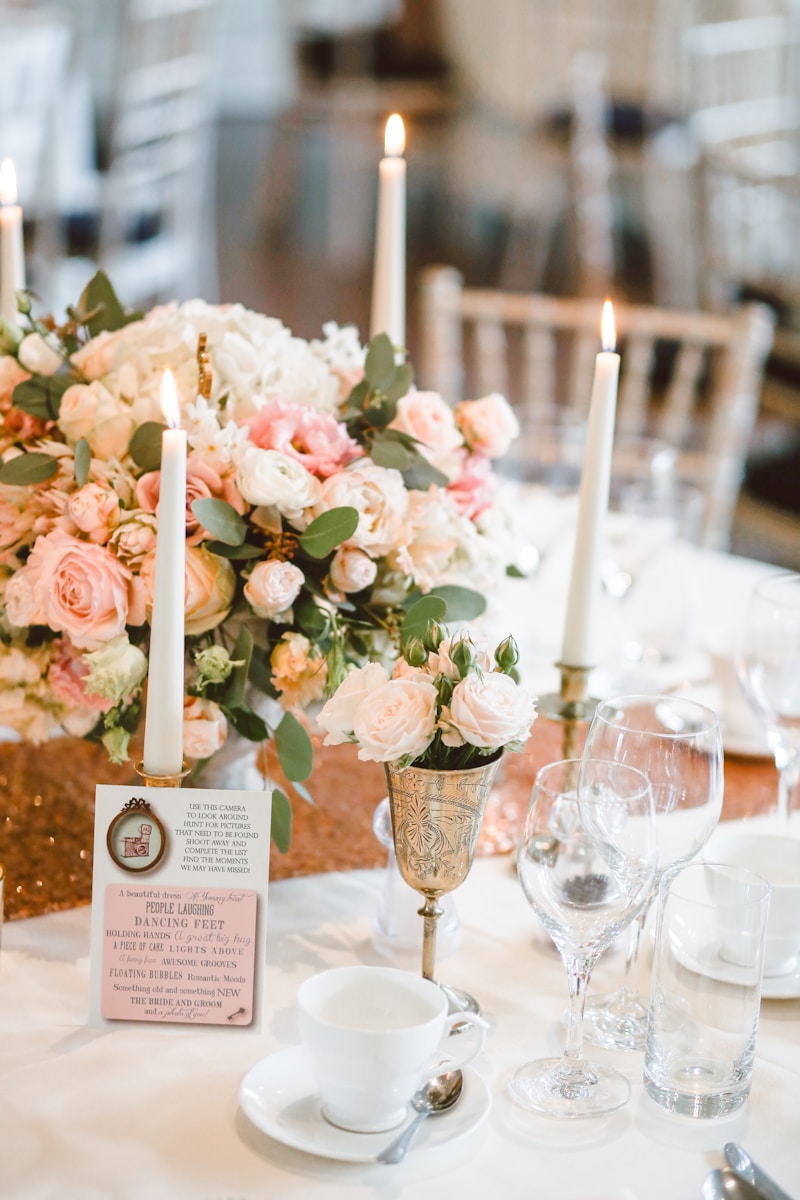Exploring Romantic Influences in Historic Wedding Attire
Exploring Romantic Influences in Historic Wedding Attire
Romantic Influences in Historic Wedding Attire
Weddings have always been an enchanting affair, deeply rooted in cultural traditions and romantic gestures. The attire worn by couples on their wedding day plays a crucial role in setting the tone for this occasion. History shows that the evolution of wedding attire has been significantly influenced by romance, reflecting societal norms and trends through the ages. In this article, we will delve into the romantic influences that have shaped historic wedding attire, tracing its transformation from ancient times to modern celebrations.
The Origins of Wedding Attire
The tradition of wearing special attire for weddings dates back to ancient civilizations. In ancient Rome, brides wore a flame-colored tunic called a “flammeum,” symbolizing fertility. The choice of attire was often imbued with romantic symbolism, intended to invoke blessings and prosperity. Similarly, in ancient Greece, brides donned ornate dresses made of linen or wool, adorned with garlands of flowers, representing beauty and love.
Table of Historic Wedding Attire Influences
| Time Period | Wedding Attire | Romantic Influence |
| Ancient Rome | Flammeum | Fertility and prosperity |
| Medieval Europe | Long gowns and veils | Purity and modesty |
| Victorian Era | White wedding dress | Ideal of eternal love |
| Modern Day | Diverse styles | Personal expression |
The Medieval Era: Modesty and Purity
During the Medieval period, wedding attire began to evolve significantly. The concept of modesty became an essential factor, with long flowing gowns and elaborate veils becoming popular among brides. These garments often featured rich fabrics adorned with intricate embroidery, symbolizing purity and virtue. The choice of color was often reflective of a bride's social status, with nobles opting for luxurious hues, while commoners typically wore simpler attire. The romantic influences during this era highlighted the sanctity of marriage and the importance of family values.
The Victorian Era: The Birth of the White Wedding Dress
The Victorian era marked a transformative moment in wedding fashion. Queen Victoria's choice to wear a white gown for her wedding to Prince Albert in 1840 revolutionized bridal attire. Prior to this, brides often wore their finest dresses, regardless of color. The white wedding dress became a symbol of purity and innocence, quickly gaining popularity among brides across the Western world. This trend emphasized romantic ideals, portraying the bride as a virtuous figure embarking on a new life filled with love and devotion.

Weddings were often grand affairs, and the dresses featured an array of lace, silk, and other luxurious materials. The romantic influence of the Victorian era led to the introduction of embellishments like pearls and flowers, adding a touch of elegance and sophistication to the bridal look.
The 20th Century: Wedding Dresses Reflecting Individuality
The 20th century saw dramatic shifts in societal norms, and consequently, wedding attire evolved to reflect newfound perceptions of love and marriage. The rise of Hollywood and celebrity culture introduced a wave of glamour, inspiring brides to emulate the fashion trends seen on the silver screen. Couture fashion designers began to take on bridal wear, allowing for a varied range of styles - from sleek and minimalist to extravagant and opulent. Each design was crafted to embody the romantic fantasy that brides aspired to achieve on their wedding day.
Celebrity Influence on Wedding Attire
Iconic figures such as Grace Kelly and Princess Diana have left lasting impacts on wedding fashion. Grace Kelly's elegant lace gown and Diana's voluminous wedding dress have become references that brides look to for inspiration. The romantic notion of a fairy-tale wedding has driven the popularity of certain styles, with brides desiring to evoke the beauty and magic seen on their favorite celebrities.
The Rise of Diverse Wedding Attire
As cultural understanding broadened, so did the concept of wedding attire. Today’s brides and grooms often opt for diverse styles that reflect their unique personalities and backgrounds. Traditional garments from various cultures are being embraced within the context of wedding attire, celebrating love in all its forms.
The Emotional Connection to Wedding Attire
While certain wedding dresses may reflect current trends, the emotional connection to the attire remains paramount. Couples often select dresses or suits that resonate with their love story, further enriching the significance of that special day. This shift emphasizes the romantic aspect of weddings, as couples aim to showcase their individuality and personal narratives through their attire.
Summary and Final Thoughts
In summary, the journey of wedding attire is a rich tapestry woven with romantic influences that span across time and cultures. From ancient traditions to contemporary styles, the evolution of bridal wear mirrors society's changing perceptions of love, commitment, and personal expression. As couples prepare for their wedding day, it is essential to consider how their attire represents not only their personal taste but also the romantic journey that brought them together. Whether opting for a traditional gown, modern chic, or themed attire, each choice plays a role in establishing the unique atmosphere of their celebration.
Final Suggestions: 1. Research historical influences that resonate with your personal style. 2. Experiment with various silhouettes and fabrics to find the best fit for you. 3. Consider adding personal touches to your wedding outfit, such as heirloom accessories or custom embellishments. 4. Ultimately, choose attire that reflects your love story and allows you to express your true selves on your special day.
